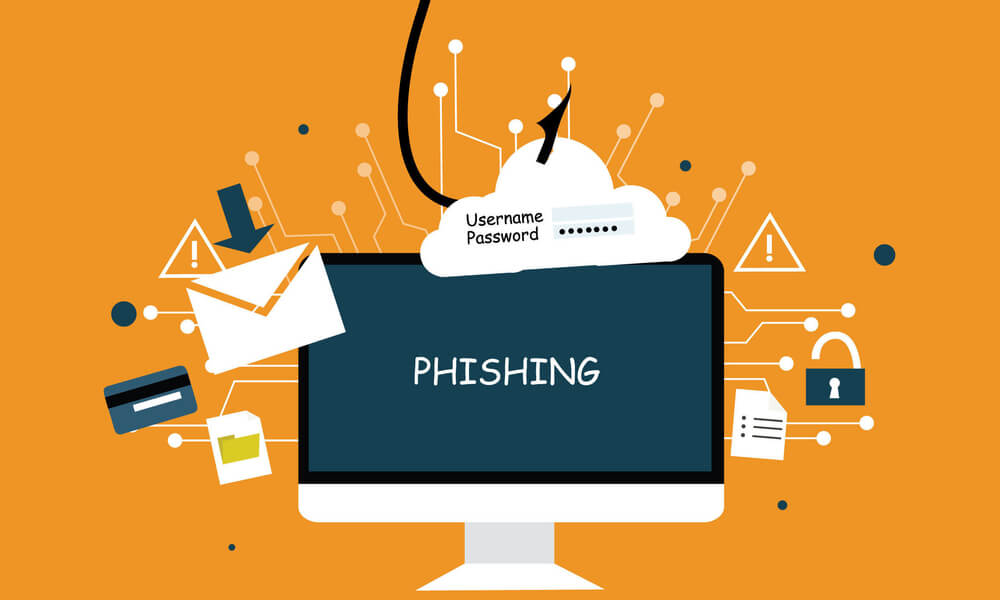Use RADAR to Protect Your Inbox
Written By: Kimi Nolte, Lead Advocate

Phishing is a term that many people will recognize because of the ubiquitous news reports and articles warning the general public on how to avoid scams. Despite the many warnings about phishing and scams, perpetrators of these crimes continue to think of new ways to take advantage of people. According to the Federal Trade Commission, 350,000 people lost a total of $328 million to scams in 2017. We hope that the acronym below will help you in determining if an email is a scam or not.
Review all emails for spelling errors and odd phrases. Be cautious when emails ask for you personally identifying information
Analyze links to other sites by using your mouse pointer to hover over and review the web address
Do not open attachments that are unexpected, have suspicious information, or seem out of place
Assess the tone of the email. If the email contains an urgent or time-sensitive offer/requests, be aware
Report suspicious emails as spam or phishing using the buttons at the top of your email
Using these tips, we hope you can feel safer when opening emails. However, if you still have questions about a particular email or if you just have a gut feeling that something isn’t quite right, please give us a call or send us a text message at 1-888-288-9221. We are happy to talk things through with you. If you’d like to request a presentation on scams, phishing or ID Theft at your workplace or community center, please email[email protected] to arrange the presentation.
Read more about how to report phishing emails here.
